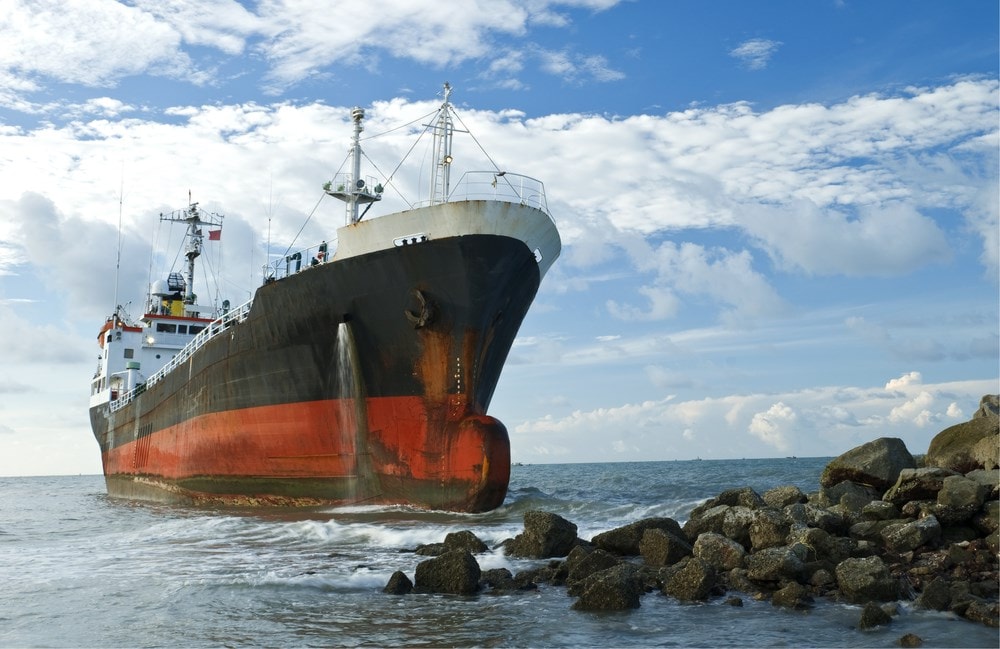The Voyage Data Recorder (VDR)
The Voyage Data Recorder (VDR) is an underutilised item of equipment onboard the bridge of a modern ship.
Taking statements from the crew following an incident is essential to determine causation, the sequence and timeline of events in the lead-up to it. But when drawing on human memory, it is essential to consider that the person remembers their impression of what happened, not necessarily what actually happened, especially during a stressful situation.
Furthermore, crew statements from memory recall must be completed as soon after the incident as possible and before the crew talks together, since their recall of the incident can alter to fit in with what they hear from other crew members.
By contrast, however, the VDR records a factual version of events, allowing for the generation of an accurate recreation to understand what led up to the incident.
It is therefore vital to press the save button on the VDR after an incident to ensure that the evidence of the events is preserved. Indeed, the English High Court has made it clear in recent judgements that the failure to save the VDR data will be viewed adversely when it is relevant such as in a collision incident.
Members are therefore strongly encouraged to provide training and guidance to their crew about the functioning of the VDR, the importance of evidence preservation and steps which should therefore be taken in the immediate aftermath of an incident.
What is the VDR?
The VDR is a device that continuously records various data points and events onboard a ship. These include the date, time, ship’s position, speed, heading, bridge audio, radar data, radio audio, ECDIS data, echo sounder, main alarms, rudder order and response, hull opening (doors) status, watertight and fire door status, speed and acceleration, hull stresses, wind speed and direction.
The VDR also has a float-free canister “Black Box” which is recoverable if the vessel sinks, allowing investigators to retrieve the records and understand the causes of an incident.
There is a legal requirement under SOLAS Ch. V Reg 20 requiring vessels over 3000GT to carry a VDR or SVDR. The SVDR is a (S)implified VDR that is more cost-effective to use onboard ships but records a reduced selection of information compared to a standard VDR.
So, what must the crew know and be able to do with the VDR during an incident?
How to save a recording manually.
How long the overwrite period is.
How many saves are available in case of a long incident enabling the crew to save each period.
The onboard maintenance requirements between servicing.
The fault indicators and their meanings.
Common issues and possible faults with VDRs.
The added benefits of saving the information from an incident on a VDR:
- Evidence of the events from an incident.
- A timeline of the incident.
- Able to use the information as a reminder of decisions made.
- VHF communications.
- Bridge discussions.
The crew often believe that the VDR is only for catastrophic events, but they should consider using the unit in all incidents.
After an incident where the VDR data is saved, the recordings must be downloaded at the earliest opportunity. The VDR then must be reset by a service engineer to be available for the following incident.

For example, in a scenario where the onboard VDR records for 12 hours before overwriting data and the vessel has been involved in a grounding incident:
Immediately after the grounding, the bridge team shall save the VDR recordings as soon as possible, initially providing 12 hours of information leading up to the grounding. Then 11.5 hours later, the bridge team must save the VDR data again, and the former repeated until the resolution of the incident or the VDR runs out of data saving slots. Finally, the office will arrange for the data downloading and the VDR reset before the commencement of the next voyage.
In Summary, it is very important to save the VDR data after an incident.
Members requiring further guidance should contact the Loss Prevention Department.
